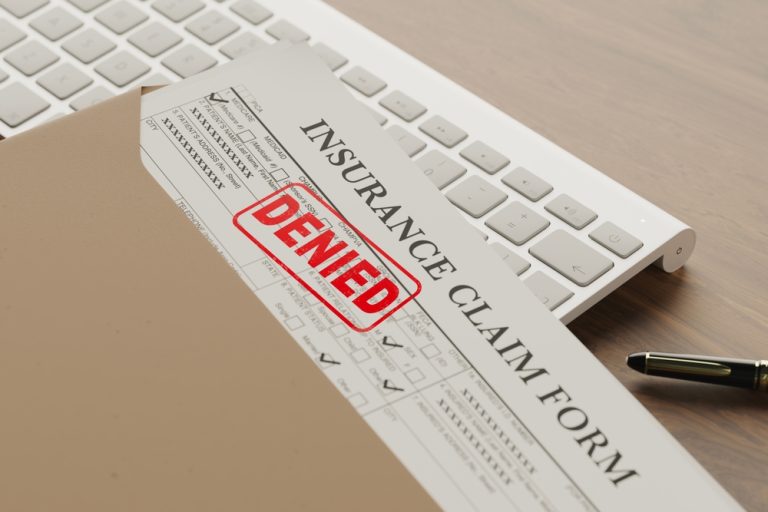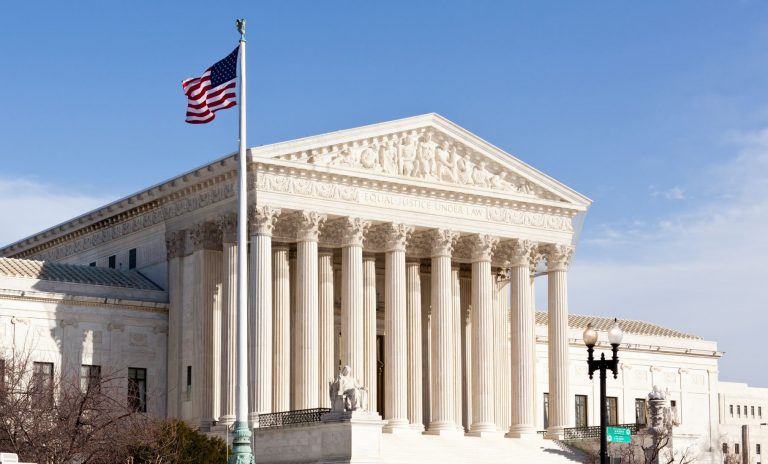Technological Change As A Defense to TCPA Fax Class Actions
Technological Change As A Defense to TCPA Fax Class Actions
In Scoma Chiropractic, P.A. v. Dental Equities, LLC, MasterCard International, Inc., et al., Judge Steele stayed a Telephone Consumer Protection Act (“TCPA”) fax class action against MasterCard and others where statutory minimum damages could have reached $190 million. Judge Steele held that it was a matter of first impression whether cloud-based faxes fall within the definition of “telephone facsimile machine” under the TCPA. The court held that the Federal Communications Commission (“FCC”) should resolve this issue before the trial court considers the plaintiff’s class certification motion. The court emphasized that the definition of “facsimile machine” under the TCPA requires the use of a “regular telephone line” and that the harm that the TCPA was intended to prevent was the costs the recipient assumes. The court added that traditional fax machines printed the fax image automatically, using the recipient’s ink or toner, paper, and also tied-up the telephone line.
RumbergerKirk, represents defendants in TCPA fax cases. In developing its defense, Rumberger attorneys concluded that changes in technology provided a significant opportunity to attack TCPA fax class actions by arguing that the plaintiff was required to offer proof as to each putative class member as to how each class member allegedly received the facsimile at issue. Under the TCPA, this is a burden that the plaintiff must meet to prove all of the elements of a TCPA violation. Just because an individual plaintiff received a traditional fax, does not prove anything about how any other recipient received their fax.
Significantly, the Hobbs Act precludes any federal district court from invalidating any FCC order or rule. Four circuit courts have held or suggested that the proper manner for a defendant in a private case to challenge a FCC rule or order is an administrative proceeding under the APA before the FCC. The petitioner can seek review of any adverse decision by an appeal to the D.C. Circuit Court. Other circuit courts have determined the validity of an FCC Rule or order in the direct appeal. The conservative approach is to seek FCC review of any FCC order or rule that is likely to have a significant consequence on the case. The defense team opted for this approach in part because the FCC’s new leadership has demonstrated a willingness to take a fresh look at FCC policy regarding a number of regulatory issues.
This is a compelling argument for a number of reasons. First, most digital methods by which a “fax” can be sent do not go through a “regular telephone line,” nor do they have any potential to cause the types of harm the fax provisions of the TCPA were intended to prevent – i.e., tying up phone lines or using ink, toner, or paper. E-faxes, for example, are simply e-mails with the “fax” attached as a PDF.
Second, the substantive provisions of the TCPA prohibit the use of a telephone facsimile machine, or computer, or any other device to send a facsimile to a telephone facsimile machine. 47 USC § 227(b)(1)(C). In other words, Congress made a clear distinction between sending a fax by computer and receiving a fax by computer. A computer sending a fax has the potential to send tens of thousands of faxes automatically. Only a traditional fax machine at the receiving end could cause the types of harms that Congress wanted to prevent.
Third, fax technology has lost out to internet technology, specifically e-mails with PDF attachments. It makes no sense to expose defendants to a $500 per “fax” statutory penalty when “e-faxes” are the functional equivalent of an e-mail. Such a result raises serious First Amendment and Due Process issues because of the lack of harm and the different treatment as compared to e-mails. If the only injury that is caused is the “distraction” in receiving the fax, it is no different than an email or junk mail. The fax provisions cannot meet the “fit” test under Central Hudson. If the consequence of an e-fax and an email are identical, then Congress’ regulatory scheme has been rendered unconstitutional by technological change. Nor should the FCC or the courts stretch the definition of “facsimile machine” beyond the statutory basis by treating computers as faxes, despite the unambiguous distinction Congress made.
The necessity for the FCC to act within its statutory limits is particularly important when protected commercial speech is at issue, and the consequences of a TCPA class action can be catastrophic to a defendant. The adverse consequences imposed by a restriction on speech must be considered when determining the degree of constitutional protection that should be provided. See New York Times Company v. Sullivan, 376 U.S. 254, 277-279, 84 S.Ct. 710, 724-25 (1964).
Plaintiffs have argued that some e-fax type communications should be treated as traditional facsimile by reasoning that a computer is a fax machine if it has the “capacity” to print or scan words or pictures. 47 USC § 227(a)(3). In other words, every computer is a fax machine if it can be connected to a printer. This could not be Congress’ intent since the difference between a computer and a fax machine would be lost. Does anyone think that in 1991 (when the TCPA was enacted) that most computers were not able to be connected to a printer?
Recently, the U.S. Circuit Court for the District of Columbia has shown an uncommon willingness to restore balance to the FCC’s over-reach in this area. See Bais Yaakov of Spring Valley v. FCC, 852 F.3d 1078, 1082-83 (D.C. Cir. 2017) (FCC rule requiring opt-out language on solicited faxes, not authorized by statute and ultra vires); ACA International v. FCC, 885 F.3d 687 (D.C. Cir. 2018) (holding that FCC definition of capacity in defining robo-calls was not based on substantial evidence and was capricious since virtually any smart phone had such capacity if a simple app was purchased.)
RumbergerKirk did not represent any of the parties in MasterCard case.






